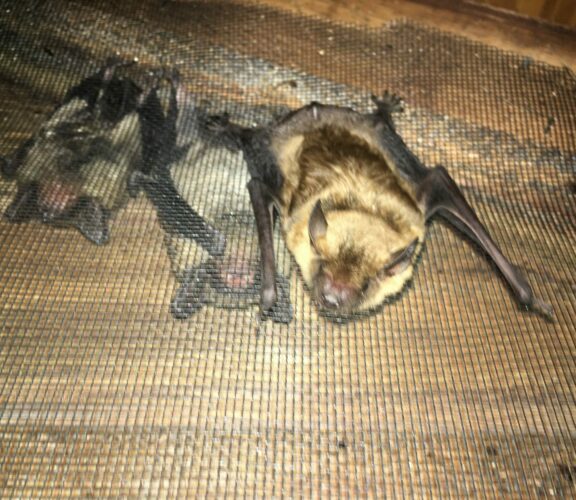Bats can be helpful for the environment because they eat insects like mosquitoes. However, when they enter homes, especially attics, they can cause serious problems. In Madison, WI, AAAC Wildlife Removal specializes in safely and humanely removing bats from homes, ensuring that both your family and the bats are safe.
In Wisconsin, bats are protected, meaning you cannot kill or harm them. This is why it’s important to hire a professional like AAAC Wildlife Removal in Madison. Their team has the experience and knowledge to remove bats in a safe and legal way, while also keeping your home protected.




